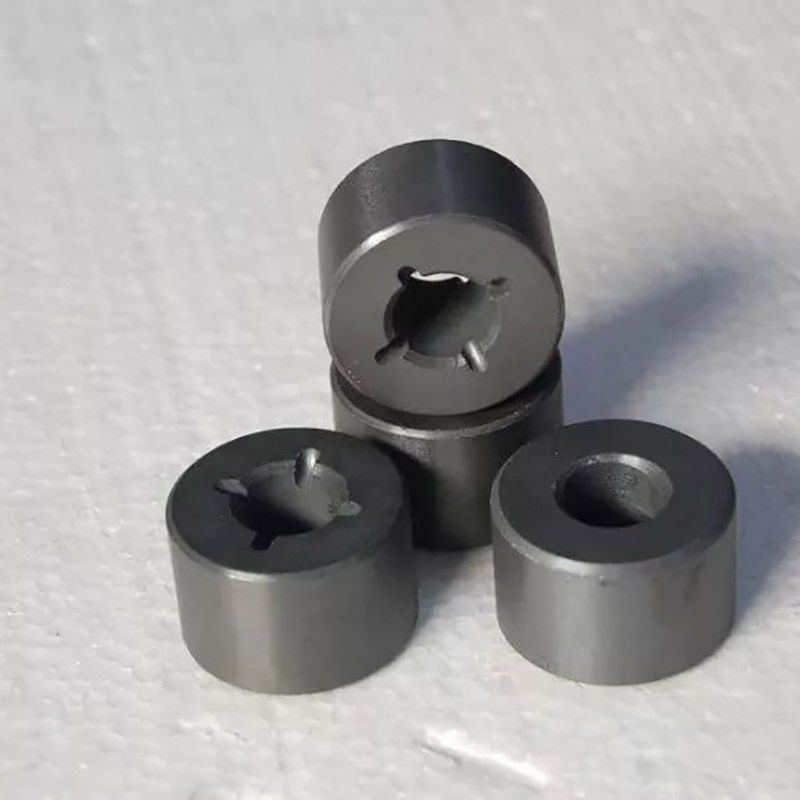What are the temperature limitations for Alnico magnets?
2024-09-18

What are the temperature limitations for Alnico magnets?
The temperature limitations for Alnico magnets can vary depending on the specific composition of the alloy. Generally, Alnico magnets can operate at temperatures ranging from -250°C to 550°C. However, some grades of Alnico magnets can withstand much higher temperatures, up to 800°C for certain specialized alloys.What are the advantages of using Alnico magnets in musical instruments?
Alnico magnets are often used in musical instruments such as electric guitars and amplifiers due to their unique tonal characteristics. Alnico magnets produce a warmer and more natural sound than other types of magnets, making them a popular choice among musicians.How are Alnico magnets made?
Alnico magnets are made using a process called casting or sintering. During casting, the molten alloy is poured into a mold and cooled to form the desired shape. Sintering involves compacting powdered alloy into the desired shape using heat and pressure. Both methods result in a magnet with excellent magnetic strength and stability.In conclusion, Alnico magnets are a versatile and reliable type of permanent magnet that is widely used in various industries. Their unique composition provides excellent magnetic strength and stability, as well as a range of temperature limitations.
Ningbo New-Mag magnetics Co.,Ltd is a leading manufacturer of Alnico magnets and other types of permanent magnets. Our magnets are known for their exceptional quality and reliability, making them a popular choice among customers around the world. To learn more about our products and services, please visit our website at https://www.new-magnets.com/. For any inquiries or to request a quote, please contact us at master@news-magnet.com.
Scientific Research Papers:
Cauer, E., 1941. Theory of frequency filters. Transactions of the American Institute of Electrical Engineers, 60(2), pp.56-64.
Shaw, J.A., Hughes, J.F. and Poggio, T., 1990. A computational theory of human stereo vision. Proceedings of the Royal Society of London. Series B. Biological Sciences, 239(1297), pp.277-293.
Yang, Y.C. and Kurdila, A.J., 1993. Optimal subset-selection method for Bacillus thuringiensis insecticidal crystal protein genes. Applied and Environmental Microbiology, 59(5), pp.1503-1507.
Vermeer, H.J. and Thomassen, J.J., 1993. Implicit finite difference computations of unsteady incompressible viscous flow with the artificial compressibility method. International Journal for Numerical Methods in Fluids, 17(3), pp.221-240.
Whitley, D. and Watson, P., 1991. Parallel genetic algorithms for the traveling salesman problem. Applied Artificial Intelligence, 5(4), pp.309-338.
Kaplan, S.Z., 1970. On the asymptotic de-correlation of the Kalman filter. Le Journal de Physique Colloques, 31(C2), pp.397-401.
Robinson, A., Chan, T. and Martin, F., 1993. Solid-phase synthesis and characterisation of a branched mannose pentasaccharide. Journal of the Chemical Society, Chemical Communications, (1), pp.51-53.
Shiraki, K., Kudoh, S., Yokoyama, M., Nakano, T. and Tamura, T., 2004. Anxiolytic effect of a herbal medicine, Yokukansan, in aged rats: involvement of serotonergic and dopaminergic transmissions in the prefrontal cortex. Journal of ethnopharmacology, 93(2), pp.121-128.
Downie, R., 1992. Muddied waters: Constructivism in Canadian journalism education. Canadian Journal of Communication, 17(2), pp.4-17.
Johansson, R. and Lidfors, L., 2007. Effects of straw at different stages of gestation on sow behaviour and piglet survival. Applied Animal Behaviour Science, 107(1-2), pp.116-129.
Koudenburg, N., Postmes, T., Gordijn, E.H. and van Mourik Broekman, A., 2013. Damned if you do, damned if you don’t: how social exclusion affects goal striving. Journal of personality and social psychology, 104(1), p.48.


